Basement water damage repair is a crucial step in restoring your home after flooding. When floodwaters invade your basement, it’s not just a matter of cleaning up the mess. The process requires careful attention to prevent further damage and avoid mold growth, which can cause health issues. Whether caused by heavy rainfall, a burst pipe, or a sewage backup, addressing water damage quickly can save your home from extensive damage.
Floodwaters can cause major damage, especially when they reach your basement. The good news is that with the right steps, basement water damage repair can bring your home back to its original state. Getting help from professional water damage repair services can speed up the process and ensure a more effective restoration. In this blog, we’ll show you the key steps to restore your home and make sure it’s safe again.
What Is Basement Water Damage?
Basement water damage occurs when water enters your basement and leads to structural or surface damage. This could be from flooding, leaking pipes, or even high humidity levels. It often goes unnoticed initially but can have serious long-term effects if left untreated. The damage can affect the foundation, walls, floors, and even electrical systems in your basement. Here are some signs you need basement water damage repair:
- Water stains on walls or floors
- Mold or mildew growth
- Damp, musty odors
- Buckling or warped floors
- Increased humidity levels in the basement
Essential Steps for Basement Water Damage Repair After Flooding
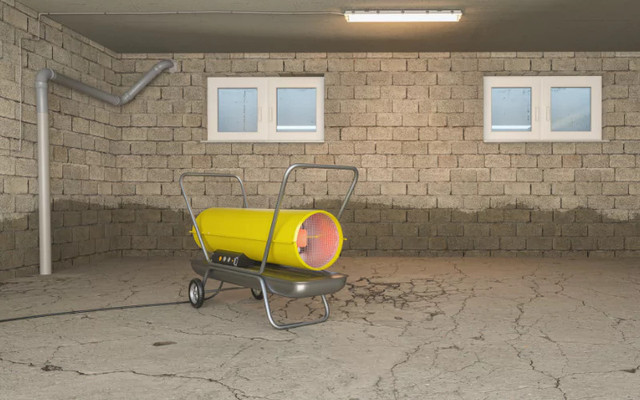
Image by rcphotostock on Canva
Restoring your basement after flooding requires a structured approach to minimize long-term damage and restore safety. If you notice any signs of basement water damage, addressing the issue promptly is key. Below are the key steps for basement water damage repair after flooding:
1. Address the Water Source Immediately
The first priority is to stop any water entering the basement. This can involve identifying and addressing the source of the flooding—whether it’s a broken pipe, a backed-up sewage system, or external water infiltration. Taking care of the water source helps prevent further damage.
2. Evaluate the Damage
Once the water is under control, carefully assess the extent of the damage. Basement water damage repair often includes evaluating the impact on walls, flooring, and the foundation. In some cases, damage may be visible right away, such as stains or buckling walls, but in other cases, issues may arise deeper within the structure. If significant damage is detected, it may be necessary to bring in water damage restoration specialists to handle the repair properly.
3. Dry Out the Area
Once you’ve removed the water, drying out the basement thoroughly is crucial. Proper drying not only prevents mold growth but also ensures that any structural damage doesn’t worsen over time. To do so, you may need specialized drying equipment to guarantee moisture is removed completely, especially from walls, floors, and hidden spaces where water can linger.
4. Clean the Affected Area
After drying, the next phase is to clean the affected areas. This involves removing debris, cleaning surfaces, and sanitizing to avoid contamination and bacteria growth. For areas with mold or mildew, it’s essential to rely on experts to handle the cleanup to prevent health risks and ensure the mold is completely removed.
5. Inspect for Mold and Mildew
Mold and mildew thrive in damp environments, and basements are especially susceptible. After drying the space, closely inspect areas where moisture is likely to accumulate, like corners, behind walls, and under flooring. If mold or mildew is found, it’s important to consult mold restoration specialists for safe and thorough removal.
6. Repair Structural Damage
In most cases, water damage can provoke structural issues, such as cracks in the foundation, warped walls, or weakened support beams. Addressing these problems is critical to restoring the integrity of your basement and the overall foundation of your home. If there is any visible or suspected structural damage, it’s best to involve a professional to assess the extent of the damage and provide the appropriate repair services.
7. Restore the Basement
Once the damage is repaired, the basement can be restored to its original condition. This may involve replacing damaged flooring, drywall, or insulation, as well as repainting walls. The goal is to bring the basement back to its pre-flood state while ensuring it remains safe and functional for future use.
8. Implement Preventative Measures
Once repairs are complete, it’s important to take preventative steps to protect your basement from future flooding. This may involve installing or upgrading a sump pump, guaranteeing proper drainage around your home, and sealing any cracks in the foundation. Regular maintenance and checks can help minimize the risk of future water damage.
Frequently Asked Questions
How much does basement water damage repair cost?
The cost of basement water damage repair depends on the severity of the damage and the type of water. Small repairs, like fixing minor leaks, may cost around $500. However, if there is extensive flooding with contaminated water, the cost can be as high as $80,000. For an accurate estimate, it’s best to contact a water damage restoration specialist who can evaluate the damage and provide a detailed quote.
What are the health risks linked to water damage?
Water damage can encourage mold growth, which can negatively impact air quality and cause respiratory issues, skin irritation, and allergic reactions. Standing water can also foster bacteria and fungi, which increases the likelihood of infections and other health issues. It’s important to address water damage quickly to minimize these risks.
How can I tell if my basement is at risk of flooding?
Look for cracks or gaps in your foundation, especially around windows and doors. If the ground around your home slopes toward the foundation, water is more likely to pool there during heavy rain. Additionally, check if your sump pump is working properly and ensure it’s well-maintained. Regularly inspect your basement for signs of past water damage, as this could be an indication of a risk for future flooding.
Final Thoughts
Dealing with basement water damage repair can feel overwhelming, but taking the right steps can help restore your home and prevent long-term issues. Acting quickly is crucial to minimize damage, protect your home’s foundation, and reduce health risks. By identifying the source of the water, thoroughly drying the space, and addressing any structural concerns, you can restore your basement and make it safe for future use.
If your basement has suffered water damage, professional help can make the repair process easier and more effective. Experienced restoration specialists have the right tools and expertise to handle the situation safely. For reliable basement water damage repair, PuroClean Zephyrhills is ready to assist. Reach out to us for expert damage restoration services!
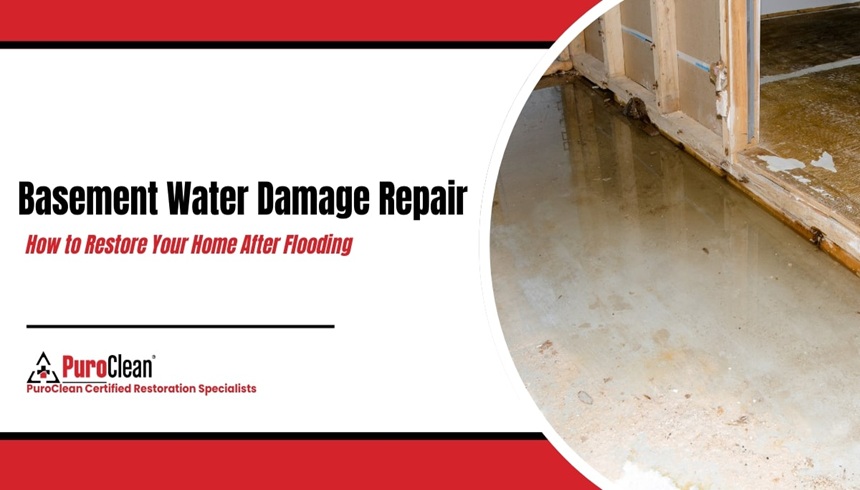
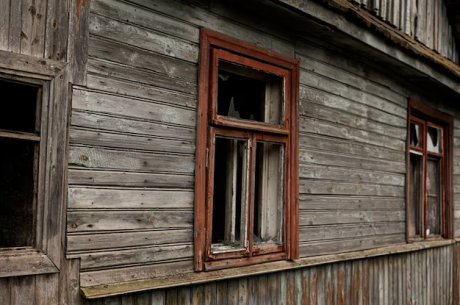
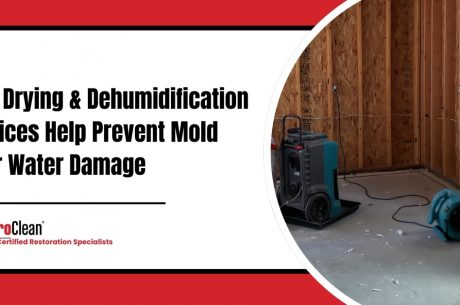
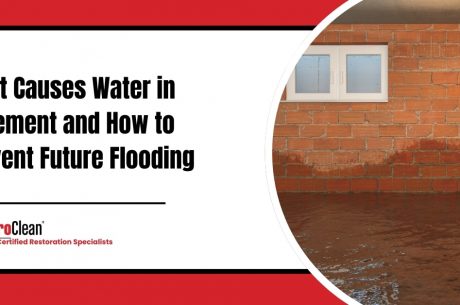
 PuroClean Certified Restoration Specialists
PuroClean Certified Restoration Specialists